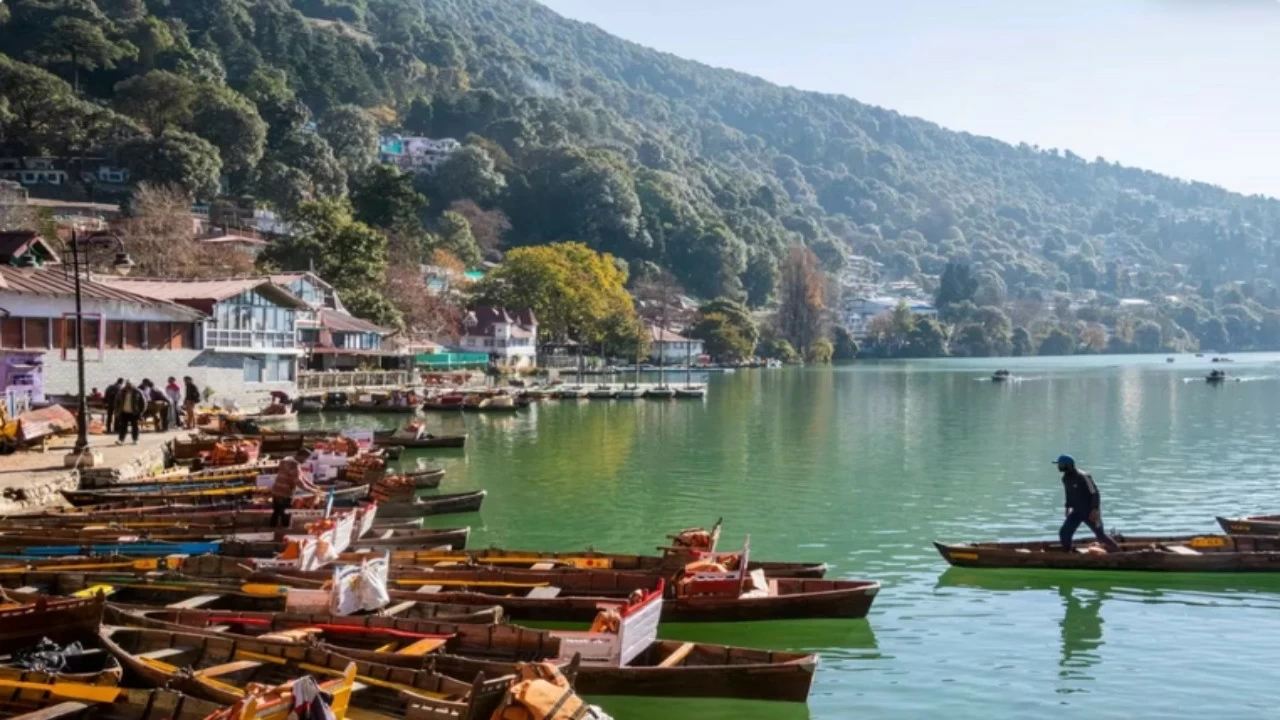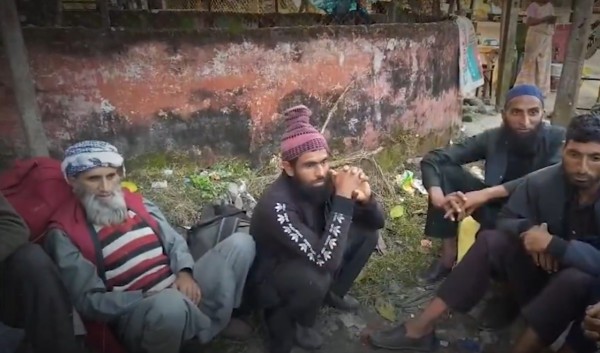

By signing in or creating an account, you agree with Associated Broadcasting Company's Terms & Conditions and Privacy Policy.


By signing in or creating an account, you agree with Associated Broadcasting Company's Terms & Conditions and Privacy Policy.

Nainital: Every year on November 18, Nainital celebrates its “birthday,” marking the day in 1841 when Peter Barron wrote about this beautiful Himalayan lake town. For many people, Barron is known as the man who discovered Nainital. But the real history of Nainital is much older and richer than this simple story.
Local people of Kumaon had known about Nainital for hundreds of years before Barron ever set foot there. The region is mentioned in ancient texts, especially the Skanda Purana, written around the eighth century. One section of this text, called Manaskhand, describes many parts of Kumaon in remarkable detail. It talks about rivers, forests, mountains, and even lakes—just like a traditional map.
Seven lakes region was mentioned in Manaskhand
Manaskhand mentions that the Gargi River (today’s Gaula) originates near the Gagar mountain, exactly as it does today. It also describes seven lakes of the region. These include Trishi (today’s Nainital), Navakona (Naukuchiayatal), Damanti (Damayantital), Sitasarovar (Sitatal), Bhimahridah (Bhimtal), Nalhridha (Naltal), and Ramhridha (Ramtal). According to the text, Bhimtal is located between these lakes, which matches the actual geography.
The ancient book also refers to a temple called Mahendra Parmeshwari Devi, located beside a lake in a dense forest. This is believed to be the earlier form of the present-day Naina Devi Temple beside Naini Lake. These descriptions prove that the area was known and visited long before the British era.
Barron witnessed an extraordinary sight: the entire lake
When Barron came to Nainital in 1841, he himself understood this. Local villagers guided him to the lake, and many of the hills already had local names. He also wrote that he saw signs of regular human activity. In the middle of the marketplace, he noticed a giant swing made with iron chains—something he had seen earlier in old Kumaon temples. Locals also told him about an annual fair that used to take place there.
On his third visit, in 1843, Barron witnessed an extraordinary sight: the entire lake and nearby forest were covered with swarms of locusts. Bears were eating them, and villagers told him that such a sight had occurred 15–20 years earlier as well. This clearly showed that people had been visiting and observing the place for many years.
Barron writings and descriptions helped the British and the rest of the world
Barron even mentioned that the then Commissioner, G.W. Trail, had described Nainital earlier. But there is no proof that Trail ever visited it. What is certain, however, is that Barron never claimed to be the first visitor. Instead, his writings and descriptions helped the British and the rest of the world discover the beauty of Nainital.
So, while Peter Barron didn’t actually discover Nainital, he did something equally important—he brought this quiet Himalayan treasure into the global spotlight. And for that, Nainital’s history will always remember him.












